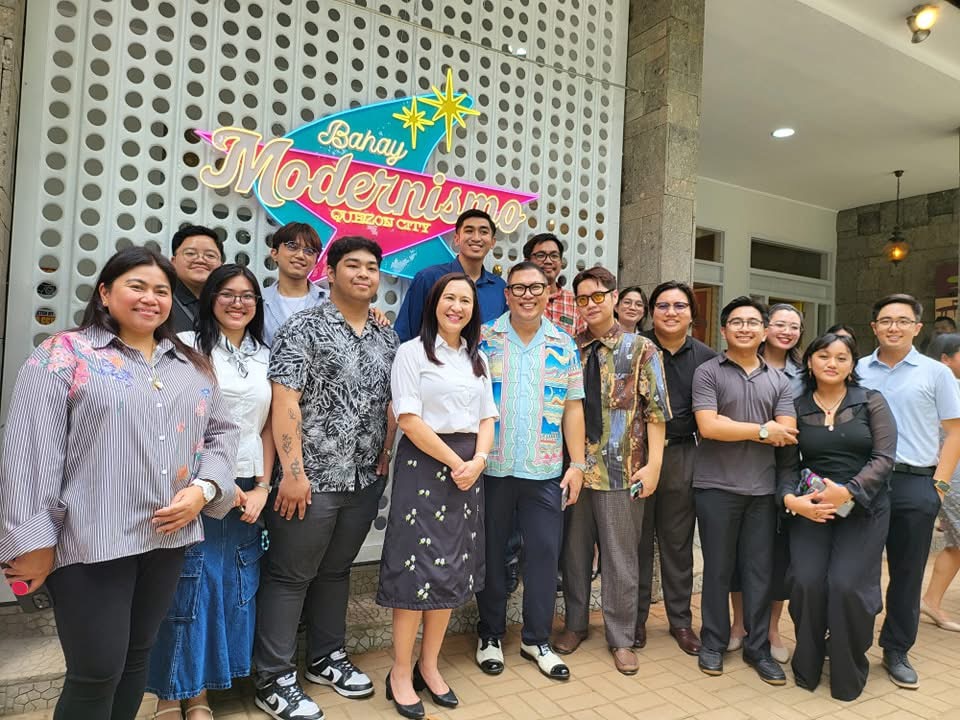

Bahay Modernismo is a throwback to an era of postwar optimism when Quezon City was in its incipient phase as a new suburban terrain. As memories of conflict receded, architecture and design in the 1950s to 1960s sought new forms, materials, and applications as reconstruction demanded techniques of mass manufacture, modularity, and assembly line production. Rising from the ruins of war, Quezon City was the promised land that provided the empty slate for a new Filipino architecture and domesticity to flourish, commencing the progressive modernist urban experiment, thus becoming the birthplace of Philippine modernism.





